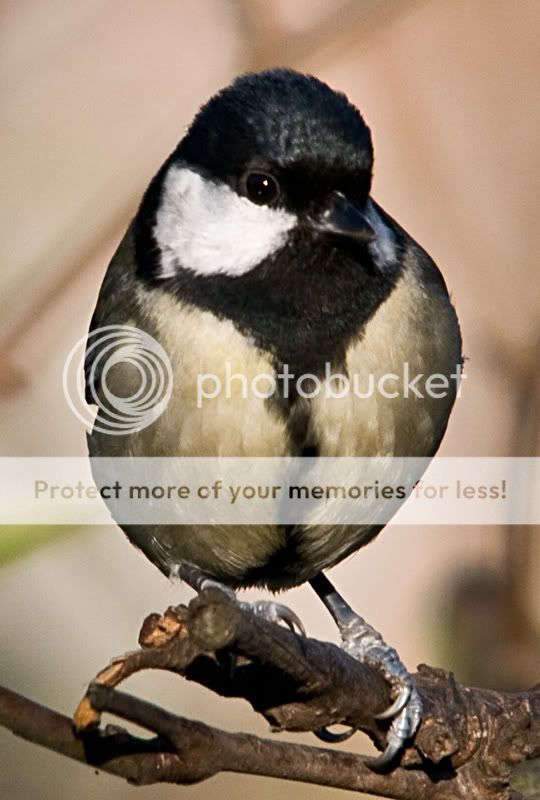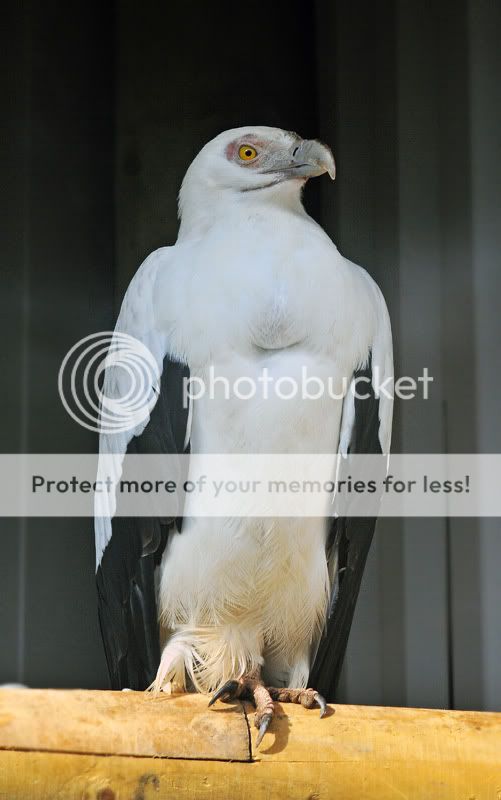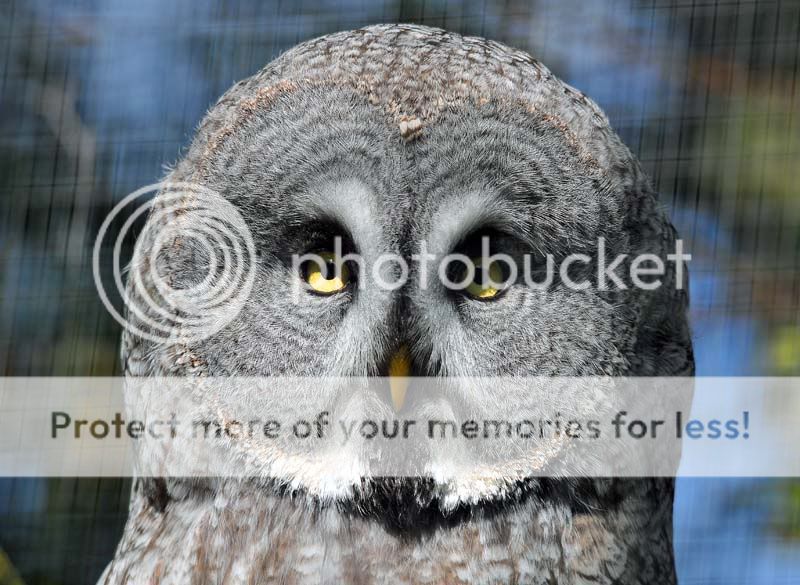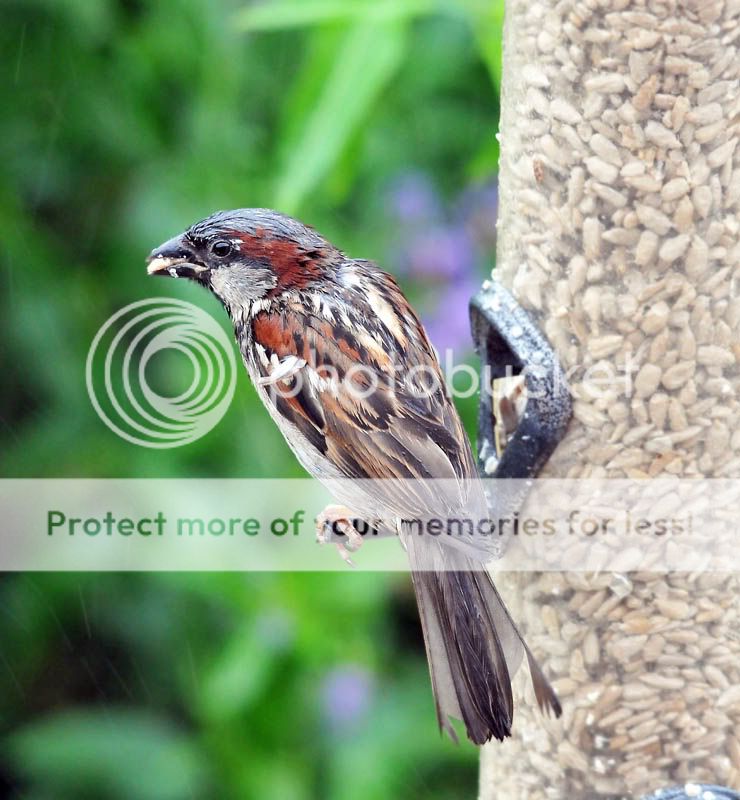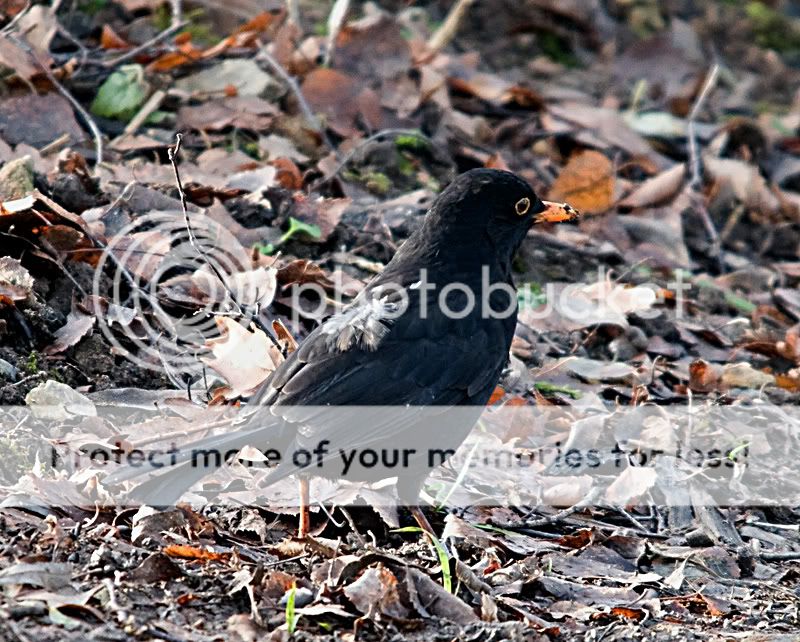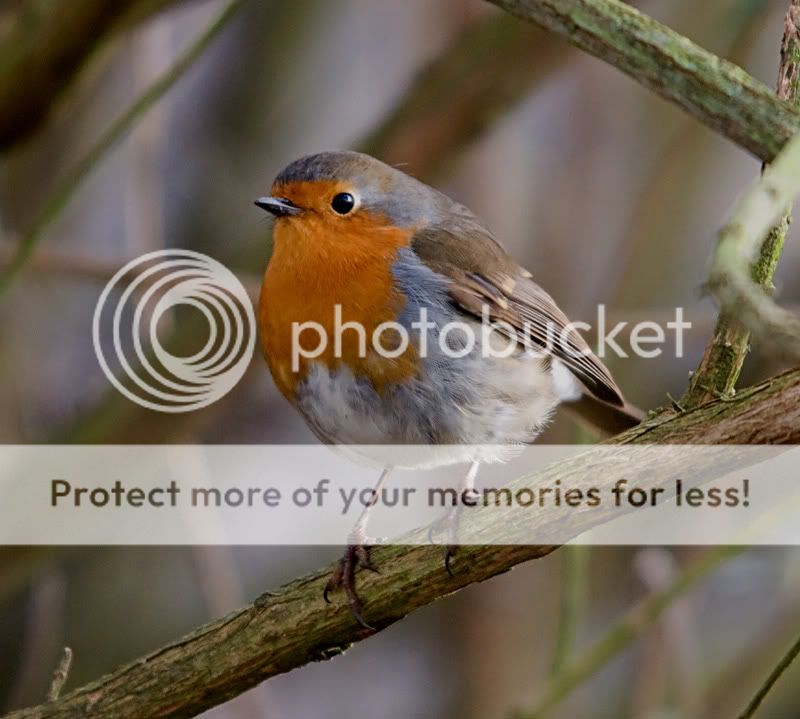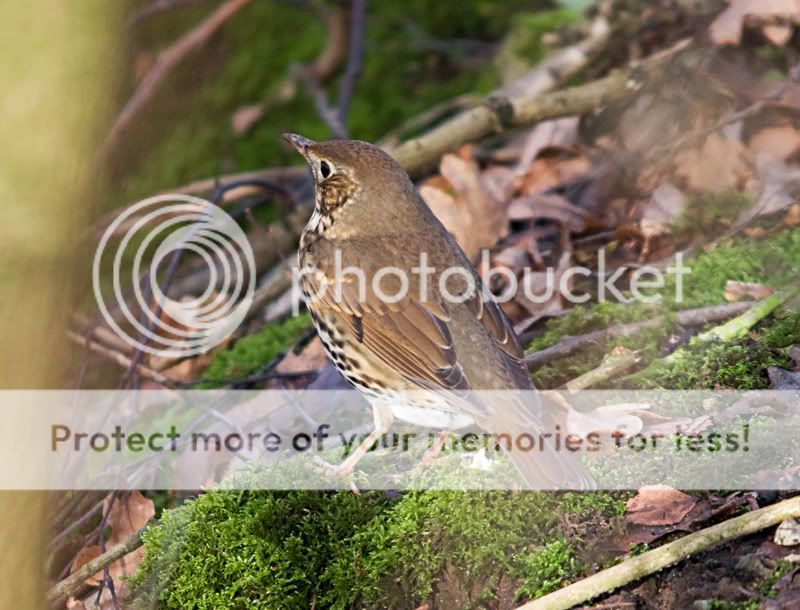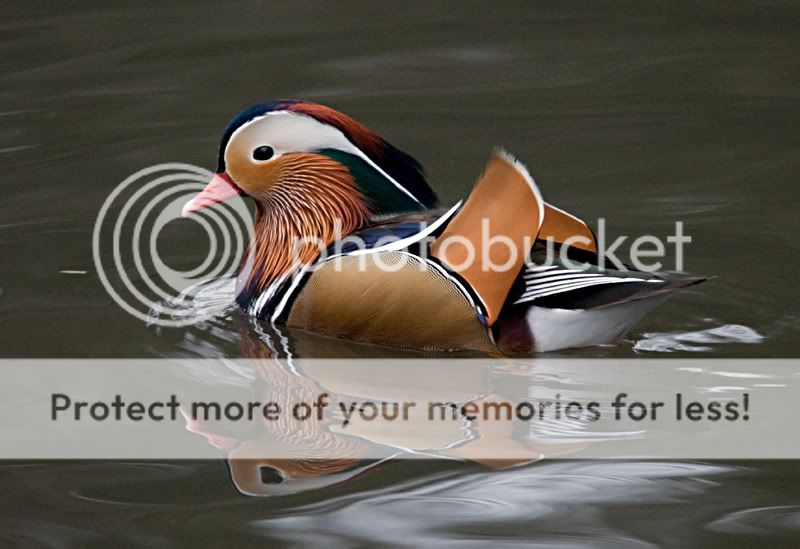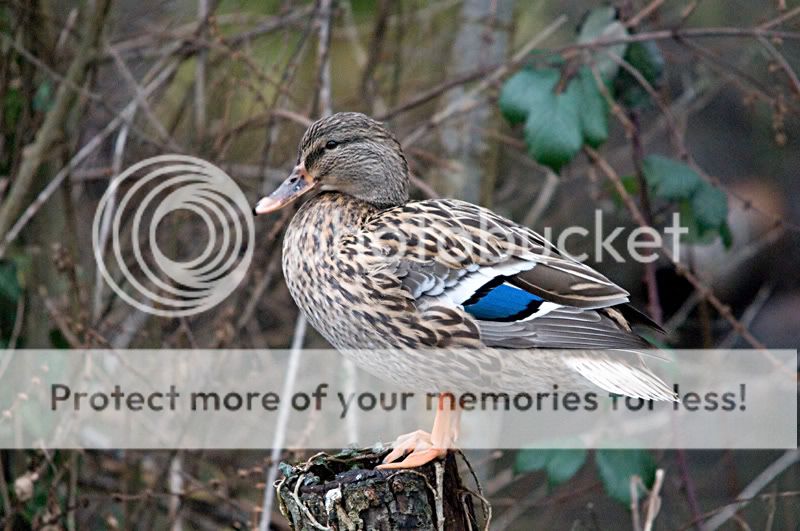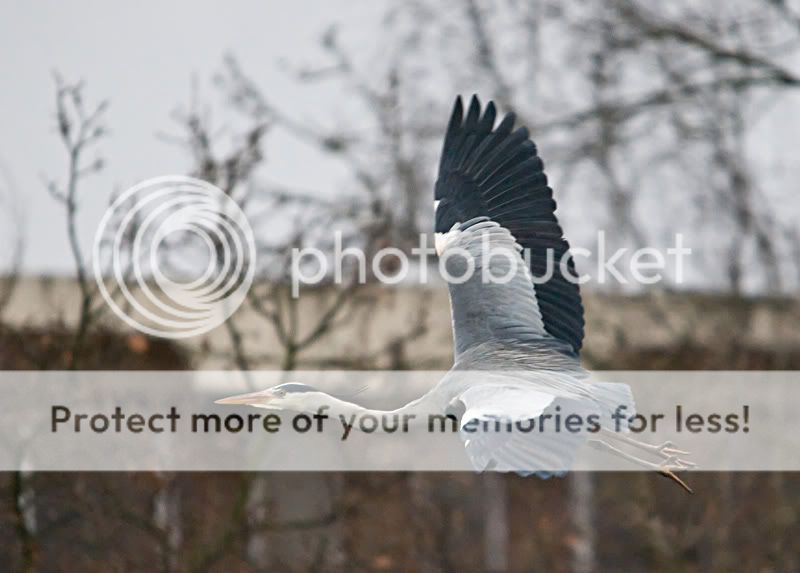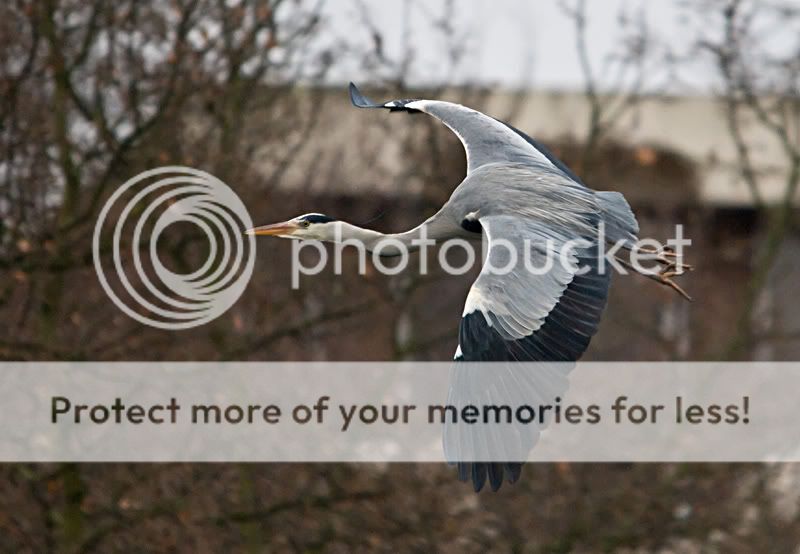- Messages
- 2,668
- Name
- Stuart
- Edit My Images
- Yes
I took this set today.
I normally have the OS turned on and the pictures have seemed a little soft.
1 to 3 were taken from about 25ft
All Handheld, @500mm, F/8, ISO200
1) Chaffinch 1 - This is only one with the OS=On
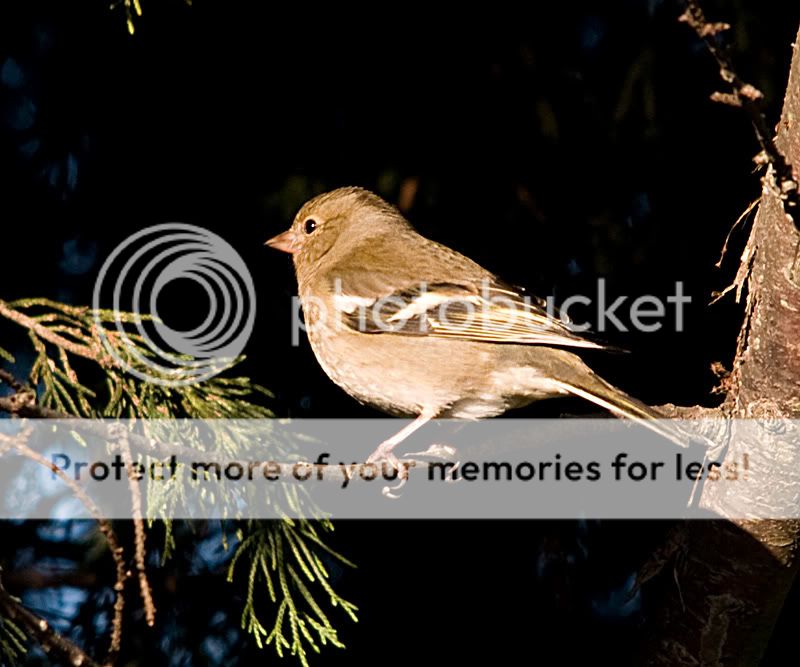
2) Great Tit
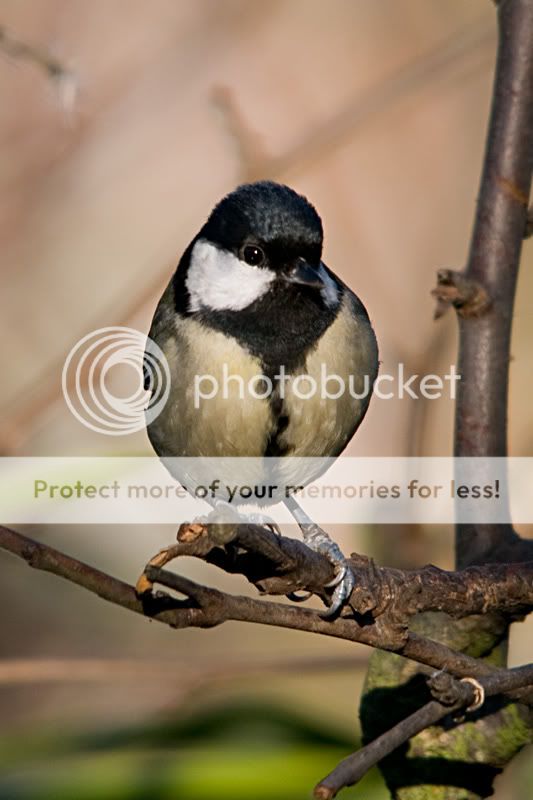
3) Chaffinch 2
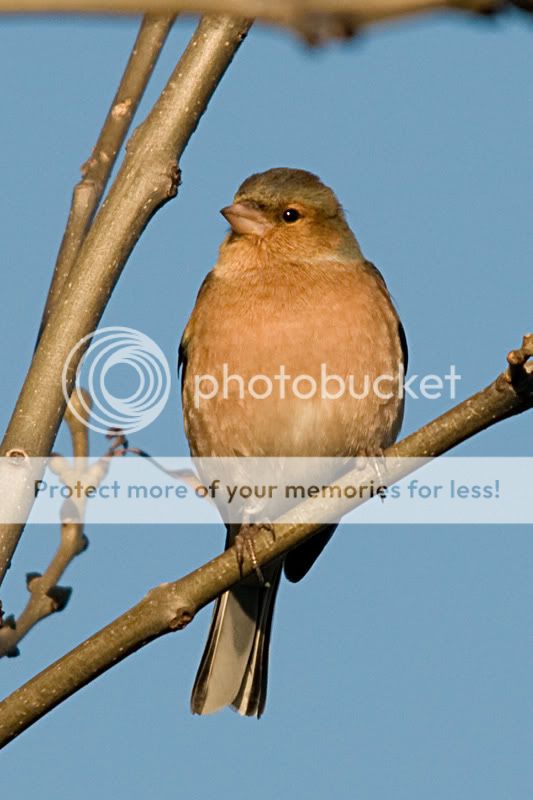
4) Goldfinch (Taken from 50ft - 100% crop)
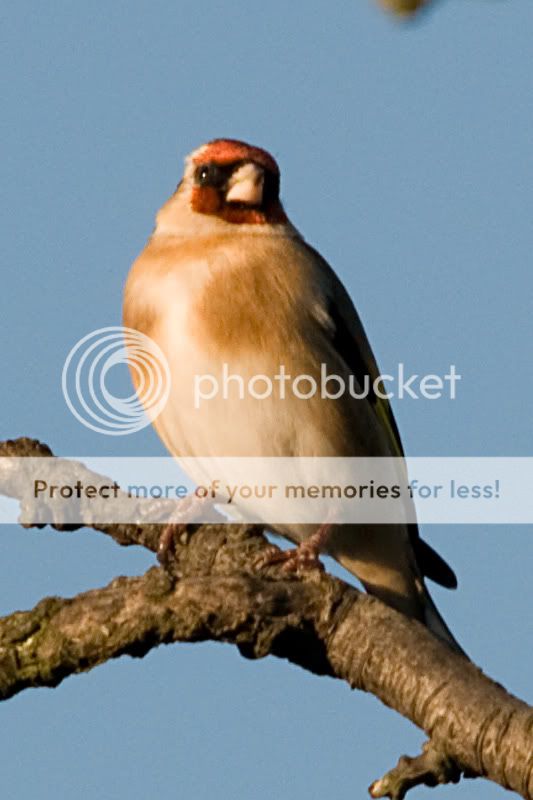
Thanks for looking, C&C Welcome.
I normally have the OS turned on and the pictures have seemed a little soft.
1 to 3 were taken from about 25ft
All Handheld, @500mm, F/8, ISO200
1) Chaffinch 1 - This is only one with the OS=On

2) Great Tit

3) Chaffinch 2

4) Goldfinch (Taken from 50ft - 100% crop)

Thanks for looking, C&C Welcome.
Last edited:




